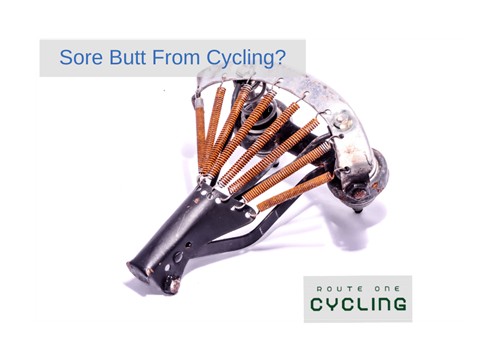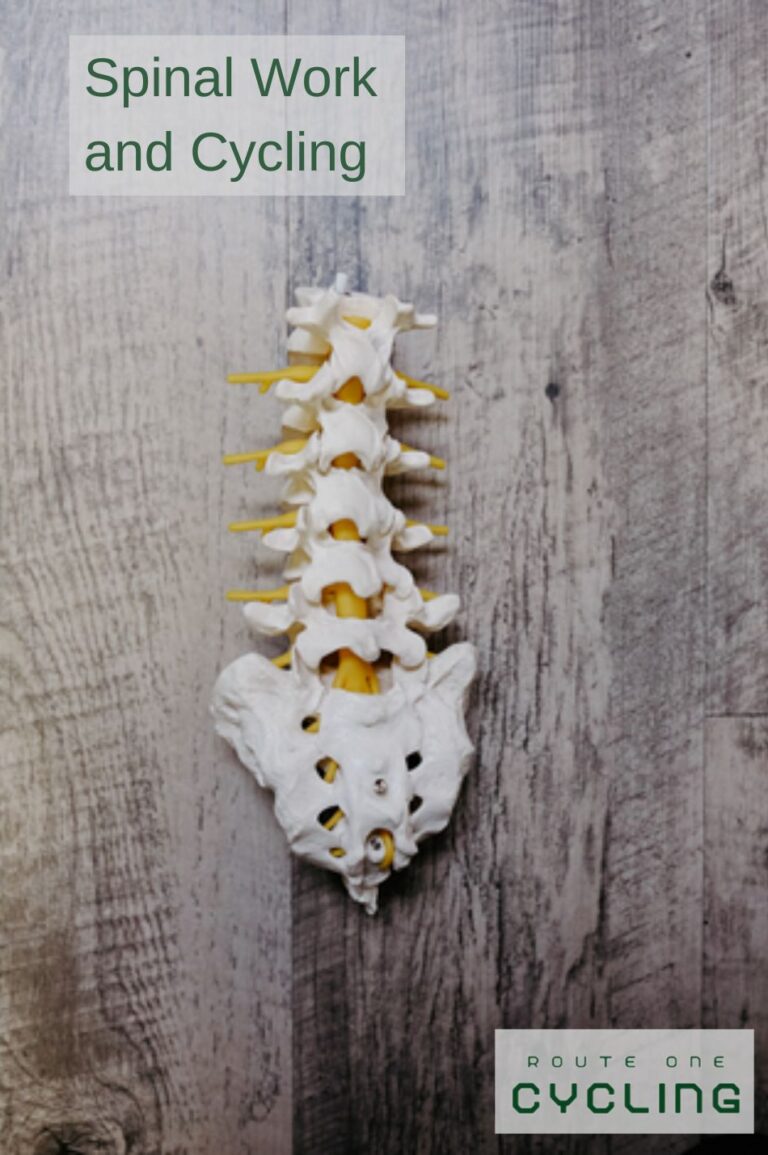Does Cycling Strengthen Knee Ligaments? [Read before cycling with bad knees]


Being 6 foot 4 has a lot of advantages. The first is that people tend to move out of my way when I am walking down the street. The second is that when I am falling, I have a long time to think about what it was that caused me to trip before I hit the ground. There are also major disadvantages. When visiting China and Japan, all of a sudden I have to duck through doorways to get into homes. The most difficult part about being six foot four though has to be the bad knees, back, hamstrings… well everything. I have been dealing with bad knees as an endurance athlete for years, and I know that it can be frustrating. I want to impart my knowledge as a cyclist on to you so that you don’t have to continue dealing with the similar problems that I had and be able to keep them at bay. Are you looking to strengthen your knees and you are wondering does cycling strengthen knee ligaments? We’re here to tell you is does when done the right way . What is the right way?
At the end of this guide, you should have all the information that you kneed to be able to maintain and strengthen your knee ligaments. It also will tell you exactly how the bicycle should fit in order to make sure that you are not putting undue pressure on the knees. Finally we will leave you with some final thoughts with body maintenance in general. Before we jump into it, let’s start with some frequently asked questions.
Does cycling strengthen knee ligaments?
Yes, cycling will strengthen your knee ligaments. Cycling will do this because it allows the ligaments to stretch and have blood flow through to the ligaments and muscles surrounding while riding. You will be happy to know that your IT Band, which is typically tight for cyclists will be strengthened while riding. Of course, when ligaments do get tightened, it is important to
Why does cycling strengthen knee ligaments?
Cycling strengthens knee ligaments because it strengthens all of the muscles and tendons surrounding the ligaments to provide support to the structures in the body. Not only are the ligaments themselves strengthened, but also the muscles surrounding the knees are strengthened as well to decrease the load that the ligaments must take in order to function correctly. Cycling strengthens the quads, glutes, hamstrings and calves. All of these muscles have a large role to play in the of energy from one muscle through the knee to elsewhere in the body internally or externally.
Does cycling reduce knee inflammation?
If your knees were inflamed like mine were two years ago and filled with a painless fluid, yes cycling will help with inflammation. The key and the reason why it will help with this type of inflammation is that it provides the knee with an opportunity to move the body and drain all fluids that may be captured in one area of the knee. It also allows your body to stretch the muscles that are surrounding the knee as static, weak and sedated muscles may be the actual cause of the problem although the actual pain itself is manifesting in the knee.
If your knees are inflamed based off of muscle overuse as mine typically are as well, then yes cycling is an excellent option to reduce this too. It is important to not work the muscles too hard or else you will increase the inflammation. Here is a good way too tell if you are working the muscles too little or too much to help rehabilitate injury relates to good pain versus bad pain. Learn more about good pain and bad pain here. In short, if you are not working the ligaments and muscles enough, nothing will happen. If you are working them too much, then you will increase inflammation.
Why is cycling good for knee cartilage?
Knee cartilage naturally regenerates over time. It is important that during that time of regeneration, and really all the time that you have healthy joints, you are bending, stretching and moving the joint actively with the muscles surrounding it. Cycling allows that to happen without impact further accelerating the development of good knee cartilage.
How do I strengthen my knee with cycling?
When cycling it is important to ride consistently, and with the limits of your body. I have a friend who took up a delivery job and he started riding every day for 6 hours a day to meet the demands. And then after two weeks he asked me why he was having knee problems and pain. I highly doubt that you will ride that much, but if you are riding too much – your body will tell you with a good dose of bad pain.
Check your Bike Fit


Before cycling on your bike, you need to make sure that your bike is fitted for you. You can go to a professional bike fitter to do this- But to get you started to make sure you are not doing any more damage to the knee in the meantime, three things need to be in place.
- The body of your bike should be around 2 centimeters from your groin when you stand over it
- When you are riding, as your foot pedals on the bottom of the ground, you should have as close to a 180 degree angle at your knee as comfortably possible.
- Your saddle should be the height of your hip bone. (The knobby bone of your side and just below to the right and left of your belly button.)
Ride Consistently
If you ride consistently for 30 minutes to 1 hour a day 3 times a week, you will see massive improvement in your knee ligaments, leg strength and stability. To enhance those benefits massively, it is important to both exercise and stretch those muscles surrounding the knees specifically. It is important to stretch the quads, hamstrings and calves so that the muscles are pulling against the bones in a uniform fashion.
Stretch
After cycling, continue stretching to allow the muscles to relax:
So these are stock photos of typical hamstring calf and quad stretches. I do this purposely to make the point that there is no stretch better than another (except the pigeon, or cow legs but that is for a completely different pain sector) but what is important is that you pick a stretch for each of the three muscles, and stretch the muscles daily to every other day consistently over weeks to months. Consistent stretching is what will make the difference over picking the right stretch for your knee.
Quad Stretches


Strap is optional, though very useful


An even better way to do this is rather than holding the leg up, find a table to rest the raised leg, and then use the lowered knee to slowly squat down until you feel a generous stretch. Most important is to keep the lower back as straight as possible so that the load of the stretch does not move into the lower back, but remain in the quads.
Hamstring Stretches




These are great when leveraged with the hamstring strap.
Calf Stretches
Slant boards are a good option, I use stairs and do toe raises with the stairs for added strengthening and stretching.


Conclusion
What’s most important about working out the knee is that when the knee gives you sharp pain, you should ease off of it as quickly as possible and find time to rest it. Cycling is great as long as you pair it with stretches and strengthening of the muscles surrounding the knee.



![Is Cycling Good for Hip Pain? [Nip the Hip. Stop Drain. Feel less Pain]](https://routeonecycling.com/wp-content/uploads/2023/05/shouldicyclewithhippain-768x550.png)


![Is Cycling Good For Piriformis Syndrome? [Solve your Pinch-Butt Syndrome]](https://routeonecycling.com/wp-content/uploads/2023/05/Is-Cycling-Good-For-Piriformis-Syndrome1.png)
